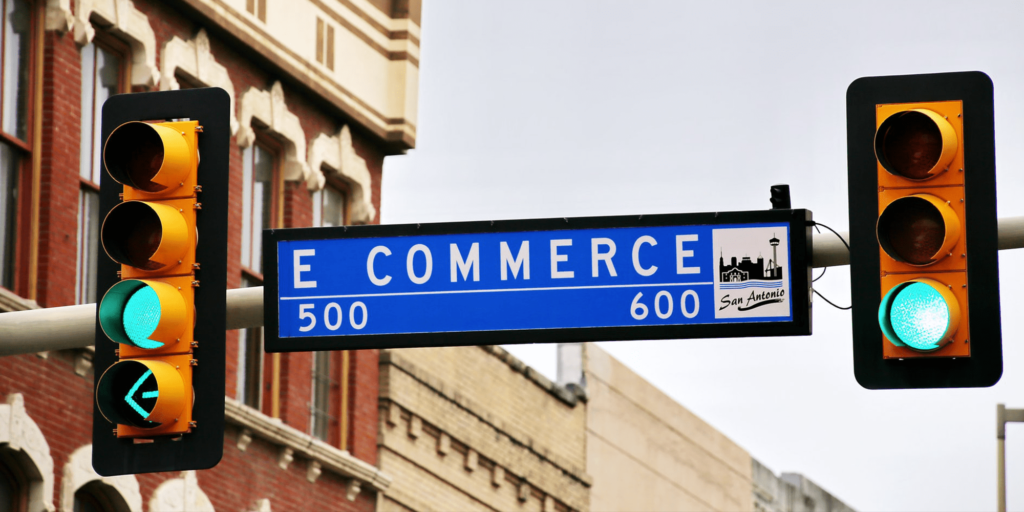With an evergrowing industry – new terms crop up all the time which can sometimes be hard to keep up with, to make this worse they’re often compressed down to acronyms to make typing them out easier but it can get confusing.
A marketing acronym is an abbreviated word or phrase. We’ve collated the most common ones in our comprehensive list below.
API – Application Programming Interface
A piece of code that aids functionality from one website, making it available for use in other applications, allowing them to talk to each other. For example, you have a table on your website that details the products you sell, you can use an API to populate this table. The page would send a request to the API in search for a specific piece of data and the API would then return the information for the page to use.
B2B – Business-to-Business
A transaction between one business to another. Examples are wholesalers and retailers purchasing raw materials for the manufacturing process.
B2BC – Business-to-Business-Consumer
A business selling to a business that will then sell to a consumer. An example of this in FMCG (fast-moving consumer goods) would be Coca-Cola selling to Tesco, to then sell to you!
B2C – Business-to-Consumer
A business selling products and services directly to consumers who are the end-users of the product/service.
BR – Bounce Rate
A metric that measures the number of potential customers who arrive on your website, make no interactions then leave using the following equation ‘Single Page Sessions ÷ All Sessions’.
CMS – Content Management System
An application that is used to manage the modification, management and creation of content such as a website. From a website creation aspect, the most commonly known CMS systems are WordPress, Squarespace, Shopify and Wix.
CPA – Cost Per Aquisition
A model within the advertising industry where payment is purely based on qualifying actions. For example, you will only pay for those who have filled out a contact form on your website.
CPC – Cost Per Click
Refers to the price you pay for each click in a pay-per-click marketing campaign.

CPL – Cost Per Lead
A model within the advertising industry where the advertiser pays only for the lead information from prospects.
CRM – Customer Relationship Management
A software that is used to manage any interaction with customers or potential customers. It helps organisations build relationships with their customers and streamline processes such as sales.
CRO – Conversion Rate Optimisation
The process of increasing the number of conversions on a website or during a campaign through the use of optimisation tactics.
CTA – Call To Action
Use of words or phrases designed to prompt immediate action, response or sale of the user who is being exposed to the message. An example of this is – click here.
CTR – Click Through Rate
A metric that measures the amount of clicks advertisers received per number of impressions. For example, if 10,000 people read this blog, and 1,000 of those people clicks the link above – the CTR of that link is 10%.
CX / UX – Customer Experience / User Experience
Paired with marketing, the aim is to create a desirable experience for a customer so they will spend money purchasing the product or service.
DNS – Domain Name System
The phonebook of the internet. Humans access information through domain names such as hallaminternet.com. Web browsers interact through IP addresses. The DNS translates domains to IP addresses so browsers can load resources.
ECOM – Ecommerce
The activity of electronically buying or selling products via online services.

FTP – File Transfer Protocol
A way of transferring files between computers.
GA – Google Analytics
A website analytics service by Google that tracks and reports website data such as traffic, conversions, which pages are visited etc.
HTML – Hypertext Markup Language
The standard markup language for creating websites. HTML describes the structure of a website and how a browser should display the content.
HTTP (S) – Hypertext Transfer Protocol (Secure)
The protocol used to transfer data over the web.
Click here for more information on how we can help with hosting your website
IP – Internet Protocol Address
A label assigned to devices connected to the internet.
KPI – Key Performance Indicator
Goals to help track and measure success. In the case of marketing, they set expectations that work is having a positive impact.
LTV – Lifetime Value
The forecast of the net profit contributed to the future relationship with a customer.
MOM / YOY – Month over Month / Year over Year
A little different to many call their mother – this acronym is usually found in reports to show how a website is performing one month compared to the previous month or one year compared to the previous year.

PPC – Pay Per Click
Paid advert in which you pay a fee each time one of your advertisements are clicked.
PR – Public Relations
The professional maintenance of companies public image and managing the release of information between a company and the public.
Click here for more information on how we can help with Public Relations
PR (another one) – Page Rank
An algorithm used by Google to determine how to rank websites in their search results.
QR Code – Quick Response Code
A type of barcode. It is machine-readable and contains information about the item it is attached to.
ROI – Return on Investment
The attribution of profit and revenue growth to the impact of marketing.
SAAS – Software as a Service
Adapting standard marketing communications to facilitate the sale of cloud software.
SEO – Search Engine Optimisation
The process of improving the quality and quantity of traffic to a website from search engines organically.
Click here for more information on how we can help with Search Engine Optimisation
SERP’s – Search Engine Results Page
The pages that search engines show in response to a person’s query.

SLA – Service Level Agreement
A commitment between a service provider and a client.
SSL – Secure Sockets Layer
The connection to the website is secure and encrypted, so any data you enter on the website is safe.
SWOT – Strengths, Weaknesses, Opportunities, and Threats
Strategic planning technique to help recognise strengths, weaknesses, opportunities and threats to a business or project.
TLD – Top Level Domain
Refers to the rightmost part of a domain name – usually .com or .co.uk
UI – User Interface
The space where interactions between humans and machines happen.
URL – Uniform Resource Locator
The address of a web page, also known as a web address.
WOM – Word of Mouth
When you speak about a product or service in your daily dialogue.
More?
Still eager to learn more acronyms? Fancy a chat with one of our Specialists? See below how to get in touch…



